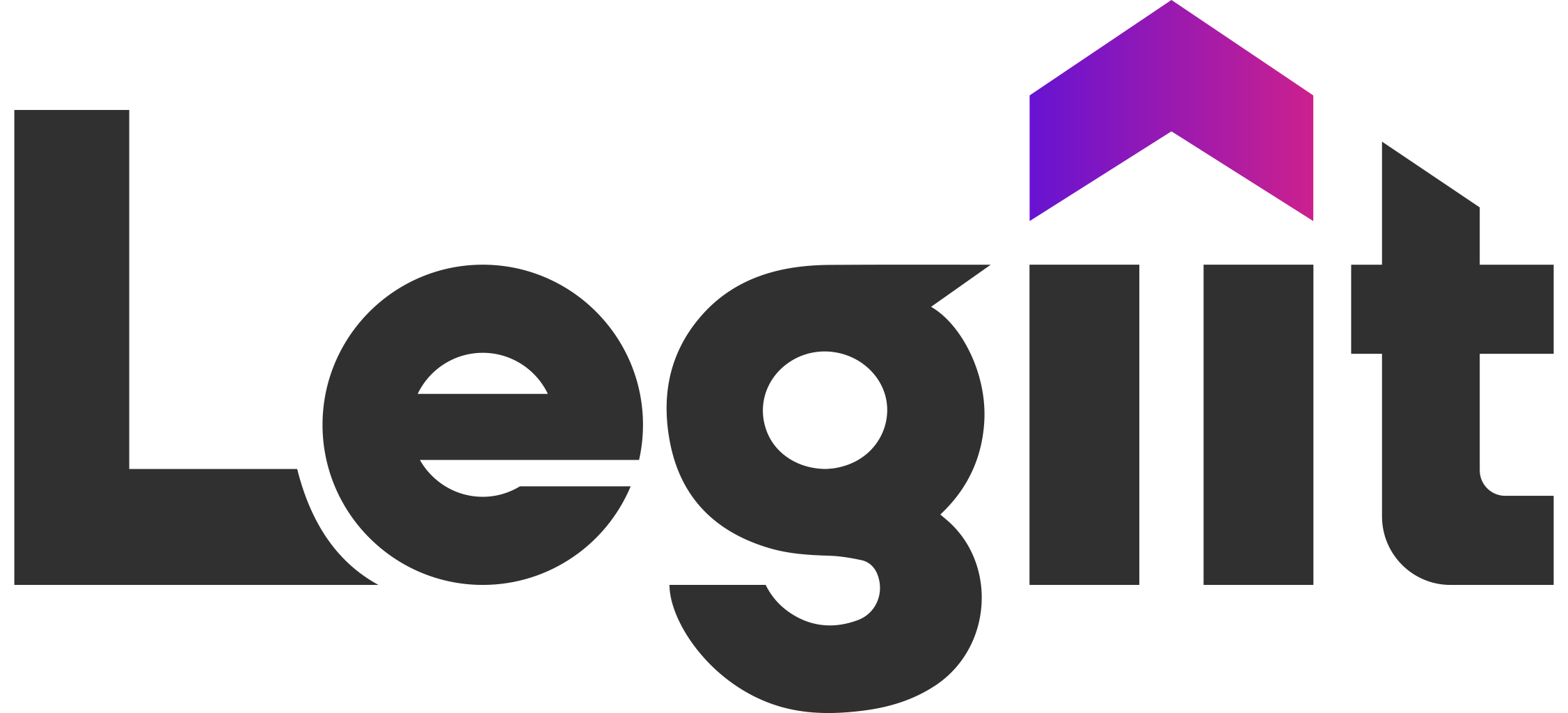Google has reiterated time and again their obsession with speed, and in 2010, they went ahead and made site speed one of the ranking signals.
In essence, how fast your website loads or responds to web requests impacts your search engine rankings.
Now, why is site speed important?
It is because most visitors would not wait for longer than 3 seconds on average for a website to load fully before closing the window or visiting another website.
It makes site speed optimization an integral discipline of the SEO (Search Engine Optimization). Of course, there are tons of other factors on which the collective SEO success depends, but site speed definitely ranks on the top few.
From Google’s perspective, site speed is important to enhance the overall user experience. And it’s no secret that Google’s core focus was and always has been on improving user experience.
So, if your website looks wonderful but loads slowly or is full of unnecessary jargon that delays its response to web request, it might be in the way of achieving higher search engine rankings.
Correlation between Site Speed & User Behavior
Site speed optimization can be tricky and complex, and needs a good understanding of the technical aspects of website development, on-site optimization, and at least basic coding skills.
However, before we dive deeper into the technical aspects of website performance optimization, let us answer why Google cares about website’s speed.
Simply put, search engines cares because users do.
Fast-loading websites have visible advantage over slow-loading websites, and tend to –
- Reduce bounce rates
- Boost conversion rates
- Increase pages visited per session
- Improve brand image
- Boost overall user satisfaction
These are the indicators on which the search engines ideally quantifies a website, and the value and experience it offers users. Based on these metrics, the quality and relevance of a website is determined, directly impacting its search engine rankings.
So, by focusing on improving your website’s speed, you’re not only providing your users with better experience but also getting into the good books of search engines’ algorithm.
Page Speed & Its Importance in Website Performance Optimization
By definition, page speed is the total amount of time it takes for a webpage to fully load.
Several factors determine the page speed, which mainly includes page file size, hosting server, and image compression.
As simple as it may sound, how a page speed is calculated varies.
Common Way of Calculating Page Load Times
Time to First Byte
It is the amount of time it takes to load a web page's first byte of information. It is a good indicator of the server’s efficiency and how fast it is.
Time to Interactive
It is defined by the amount of time it takes for the interactive elements of a web page to load. It hints at any elements or Javascript on the page that might be causing slower loading speed.
First Contextual Paint
This is the amount of time a web page takes to load the first element of page’s content. It could be a video, image or something else.
In other words, even if the page takes 5 seconds to load, the first piece of content loaded in just 2 seconds for the visitor to start interacting with the page.
Fully Loaded Page
It is the amount of time it takes for the entire web page to load with all its resources. It is the simplest method to determine the page load speed.
There are many different ways of measuring page speed and there’s no “One” right way. Each of these metrics have their own pros and cons.
Your goal should be to improve page speed comprehensively, enhancing all the metrics you can find.
Techniques for Website Performance Optimization
Now, let us briefly discuss the methods of site speed optimization, helping decrease load time and improve your website’s overall performance.
Server Response Time
One of the methods of site speed optimization is to boost server response time. If the server takes ages to respond, your website will be invariably slow always no matter how well your optimized your website or its content.
Few tips to boost server response time are –
- Optimizing databases
- Employ faster server hardware
- Use efficient and optimized software solutions
These few tricks go a long way in boosting your page load times, and improving overall website speed by reducing server response time.
Image Compression
Bigger the size of images and other files and elements embedded on your webpage, the longer your website will take to load. This is particularly true for images, which can be massively sized at times.
The simplest way to improving page load times is by compressing images to smaller sizes. Contrary to the popular belief, it doesn’t makes a huge difference in the quality of the images.
Keep the fantastic looking images on your website by compressing images while ensuring it doesn’t impact your site speed optimization efforts.
For the uninitiated, there are many tools like Adobe Photoshop and its alternatives that can be used to compress images.
HTML & CSS Optimization
One of the tenets of website performance optimization and ensuring fast-loading websites is to have clean and optimized code. And this can be done by optimizing your site’s HTML and CSS code.
You can optimize the code by –
Minifying the Code
Get rid of any unnecessary comments, spaces, and line breaks from your code files.
Use CSS Sprites
CSS Sprites helps with site speed optimization and cleaning code by combining multiple image into one. It helps reduce the HTTP requests, improving page load times considerably.
Cache Optimization
Many of the website’s elements are locally stored in the browser by enabling caching. It helps with site boosting website performance optimization efforts and reduces HTTP requests, ensuring faster load times.
It ensures the returning visitor's experience is drastically improved, and offloads load on server.
Implement Lazy Loading – Improving Page Load Times
This refers to loading the resources that’s above the fold only until the users scroll below the fold. So, the automatic loading of all the non-essential resources is halted until the users get to it.
The initial page load times improves drastically with this method.
Use Content Delivery Networks (CDNs) For Improving Page Load Times
The Content Delivery Networks helps cache website resources locally across the servers located globally.
It means whenever a visitor from a particular region visits the website, the locally hosted website resources are made readily available. It helps boost overall website performance optimization efforts and page loading times.
How to Measure the Impact of Site Speed Optimization on Search Engine Rankings?
Once you’ve employed various methods to boost website performance and page load times as discussed above, it’s important to measure its impact, especially on search rankings.
So, how can you do that?
Monitoring Core Web Vitals
It’s important to keep a watch on your website’s Core Web Vitals, and constantly look for ways to improve them.
Track Your Search Engine Rankings
It’s important to periodically take note of your website’s search engine rankings. This will help you analyze if your website’s rankings has jumped after your employed website performance optimization techniques.
Monitor & Analyze User Engagement Metrics
Post implementing site speed optimization techniques, keep a close watch on metrics like users’ time on website, bounce rate, pages per session, etc., on Google Analytics. It will show how well your site optimization efforts are working, and may also highlight areas of improvement.
Conduct In-Depth Website Audits Regularly – Find Ways of Improving Page Load Times
Conducting in-depth technical SEO audits can bring to limelight any significant errors and redundancies in your website that needs immediate attention.
Also, apart from hinting at areas that needs improvement, these audits help ensure your website aligns with search engine’s guidelines and maintains high-performance standards.
How Website Speed Impacts Search Engine Rankings?
As discussed earlier, site’s speed is a Google Ranking factor you can’t ignore. Websites with faster loading times are more likely to rank higher in SERPs.
Your website’s speed can positively boost your SEO efforts through –
User Signals
Google use various signals to rank a website, including the amount of time users spend on your website, bounce rate, click-through rate, and more.
Fast loading websites help boost these metrics, helping boost website’s relevance and quality in the eyes of the search engines, improving the chances of your website ranking higher.
Mobile-First Indexing
One of the ways to boost your website’s search engine ranking is to ensure it is optimized for speed on mobile devices.
Google prioritize mobile-friendliness and responsive websites, so the mobile version of your website must be fully optimized for faster loading.
Core Web Vitals
The user experience is measured by Google through a set of metrics it calls Core Web Vitals. These metrics include Largest Contentful Paint (LCP), First Contentful Paint (FCP), and Cumulative Layout Shift (CLS).
These core web vitals are directly related to the website speed. If these metrics perform well, the chances of your website ranking higher increases considerably.
Conclusion
So, the answer to the question – Can optimizing website’s speed boost its ranking is YES!
However, it’s important to remember that search engine rankings depend on a vast-array of factors. While site speed is one of the key factors, it’s not the only one.
Moreover, Google has openly admitted to the fact that websites with slower loading speeds can still rank higher if they contain exceptional-quality content that’s relevant and useful for the users.
So, is putting time and resources for site speed optimization worth it?
Yes, absolutely!
It is because there’s great content everywhere on the internet, irrespective of the niche or the industry. The internet market is highly competitive and continues to get more so with time.
When Google is forced to choose between several websites with equally great content, your website’s page speed and Core Web Vitals can be the deciding factor.
And you definitely don’t want to lose the top ranking just for a difference of few milliseconds, right?













 Download
Download